Hearing aids-external electronic devices used to help individuals with hearing loss-traditionally consist of a microphone, an analog-to-digital converter, a digital signal processor, a digital-to-analog converter, and a receiver that delivers an acoustic signal into the external auditory canal. In 2008, 97% of all hearing aids sold used digital processing. Catherine V. Palmer, PhD, provides a review of current digital hearing aids.
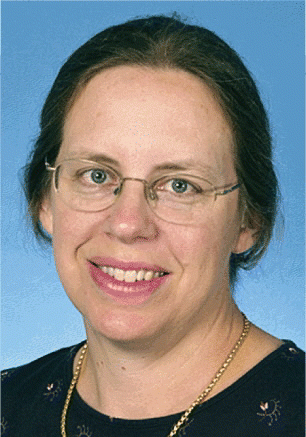
Experts Debate Pediatric Airway Issues
In a recent debate-style panel, five otolaryngologists addressed topical clinical issues relating to the pediatric airway ranging from adenotonsillectomy in children with obstructive sleep symptoms, to whether cidofovir should be used as a standard treatment in children with recurrent respiratory papillomas.
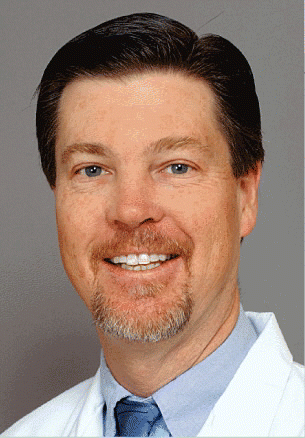
Managed Correctly, Hearing Aid Dispensing Augments the Bottom Line
SAN DIEGO-Hearing aids can become a reliable source of ancillary income for otolaryngologists, according to four speakers in the miniseminar, Hearing Aids: The Dollars and Cents of Dispensing, presented at the annual meeting of the American Academy of Otolaryngology-Head and Neck Surgery (AAO-HNS).
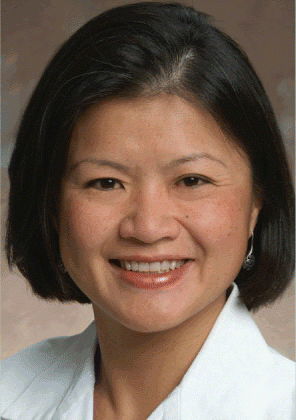
Facility and Case Volume Tied to Cancer Death Rates
Patients with cancer of the larynx who are treated at teaching and research hospitals that see high volumes of such patients are the least likely to die within a year of their diagnoses, researchers said at the annual meeting of the American Head and Neck Society.
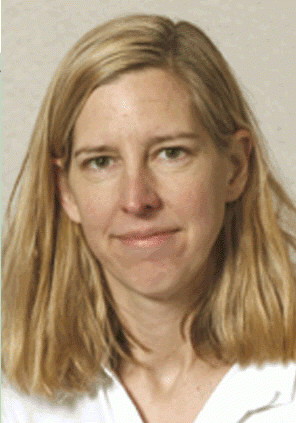
HPV-Positive Oropharnygeal Cancer Has Better Prognosis than Tobacco-Induced Cancer
Mounting evidence suggests that human papillomavirus (HPV)-positive oropharyngeal cancer has an improved prognosis compared with HPV-negative disease. The most recent supportive evidence comes from an analysis of a Phase III trial presented at the 2009 annual meeting of the American Society of Clinical Oncology.
Tracheal Transplant Brings High Hopes for Tissue Engineering
When a 30-year-old woman from Colombia who had had severe stenosis from airway tuberculosis was referred to the University College London Centre for Stem Cells and Regenerative Medicine, there were more questions than answers.
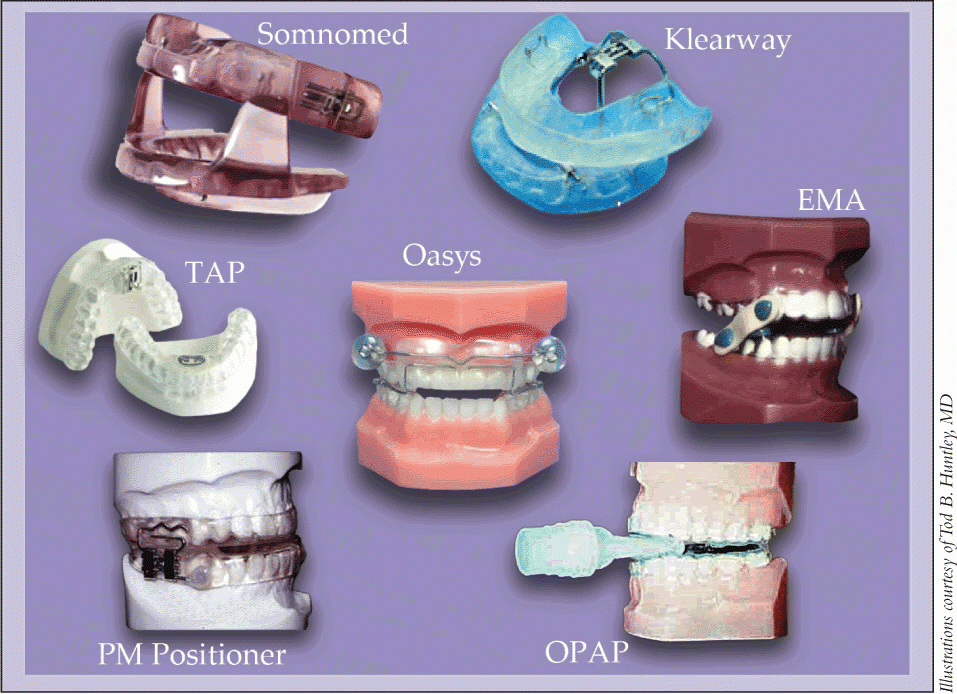
Evaluation and Management of Patients After Unsuccessful Sleep Apnea Surgery
SAN DIEGO-For patients who undergo surgery for obstructive sleep apnea, failure of surgery to achieve success presents a number of challenges to otolaryngologists. First and foremost is the challenge of correctly assessing the outcome of surgery followed by the need to choose additional therapy tailored to the particular needs of each patient.
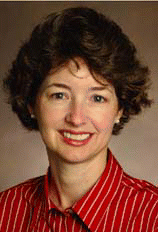
Easier-to-Use Vocal Fold Injectables Prompt More In-Office Procedures
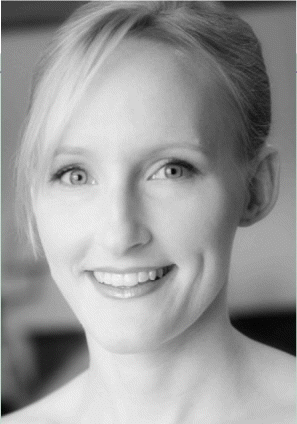
Racial, Ethnic Disparities Found in Patients with Chronic Rhinosinusitis Presenting for Surgery
Are there racial and ethnic disparities in patients with chronic rhinosinusitis presenting for sinus surgery? According to one recent study, the answer is yes. The nasal polyp population consists of a larger portion of nonwhite patients who tend to present with worse disease, and certain subgroups have worse quality-of-life scores.
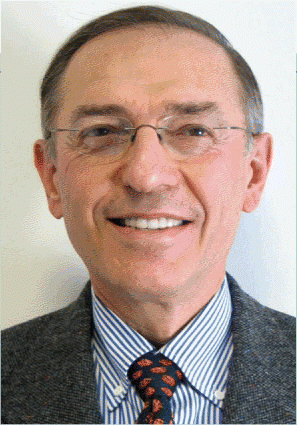
In-Office Injection Laryngoplasty: Good Results, but Complications More Likely
Injection laryngoplasty (IL) performed in the office with the patient awake yields similar results as when it is performed with the patient asleep, researchers have found in a case-control study.
- « Previous Page
- 1
- …
- 28
- 29
- 30
- 31
- 32
- …
- 38
- Next Page »